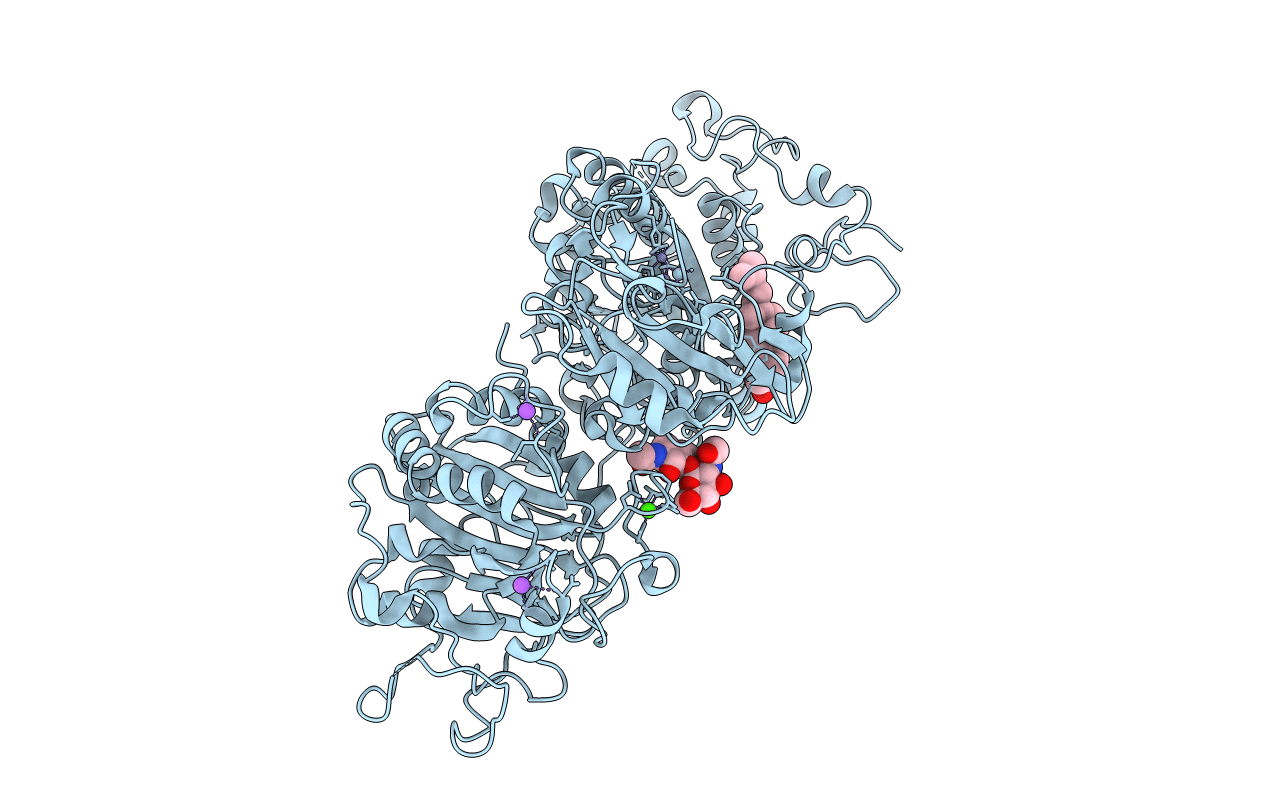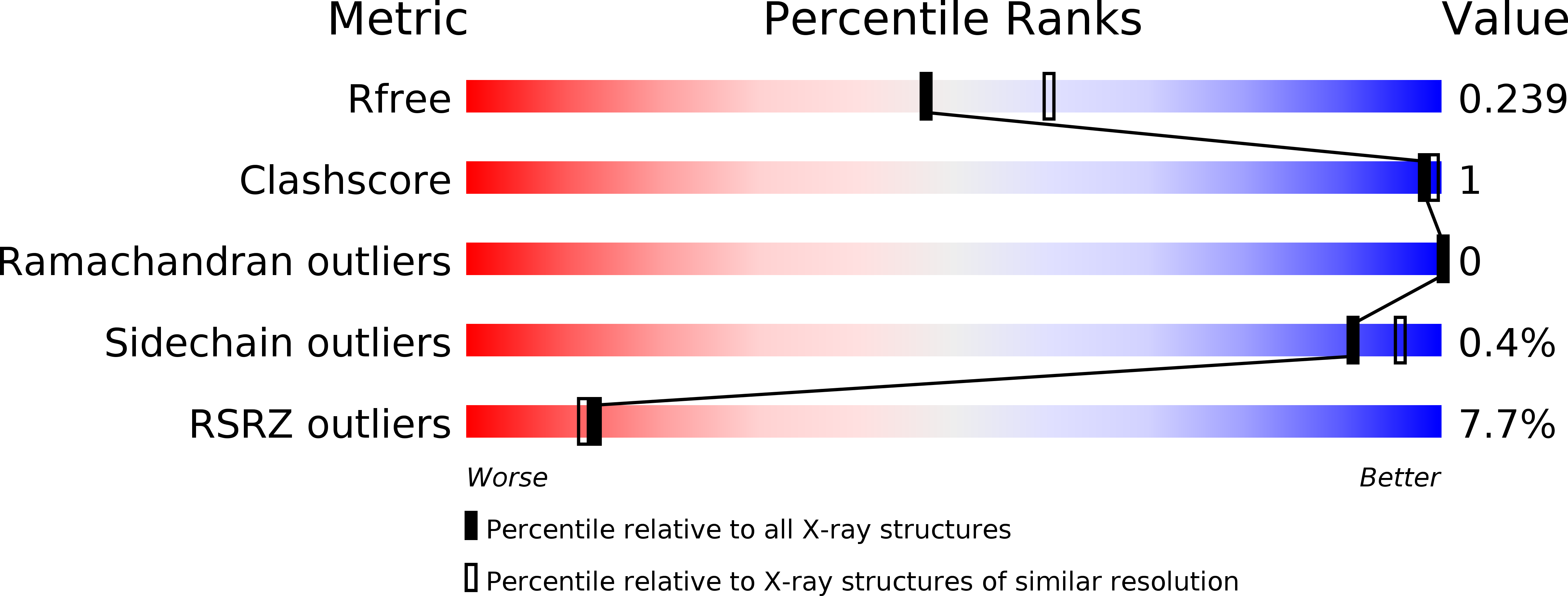
Deposition Date
2016-03-02
Release Date
2016-06-15
Last Version Date
2025-07-30
Entry Detail
PDB ID:
5IJS
Keywords:
Title:
Crystal structure of autotaxin with orthovanadate bound as a trigonal bipyramidal intermediate analog
Biological Source:
Source Organism:
Rattus norvegicus (Taxon ID: 10116)
Host Organism:
Method Details:
Experimental Method:
Resolution:
2.20 Å
R-Value Free:
0.23
R-Value Work:
0.20
R-Value Observed:
0.20
Space Group:
P 1


